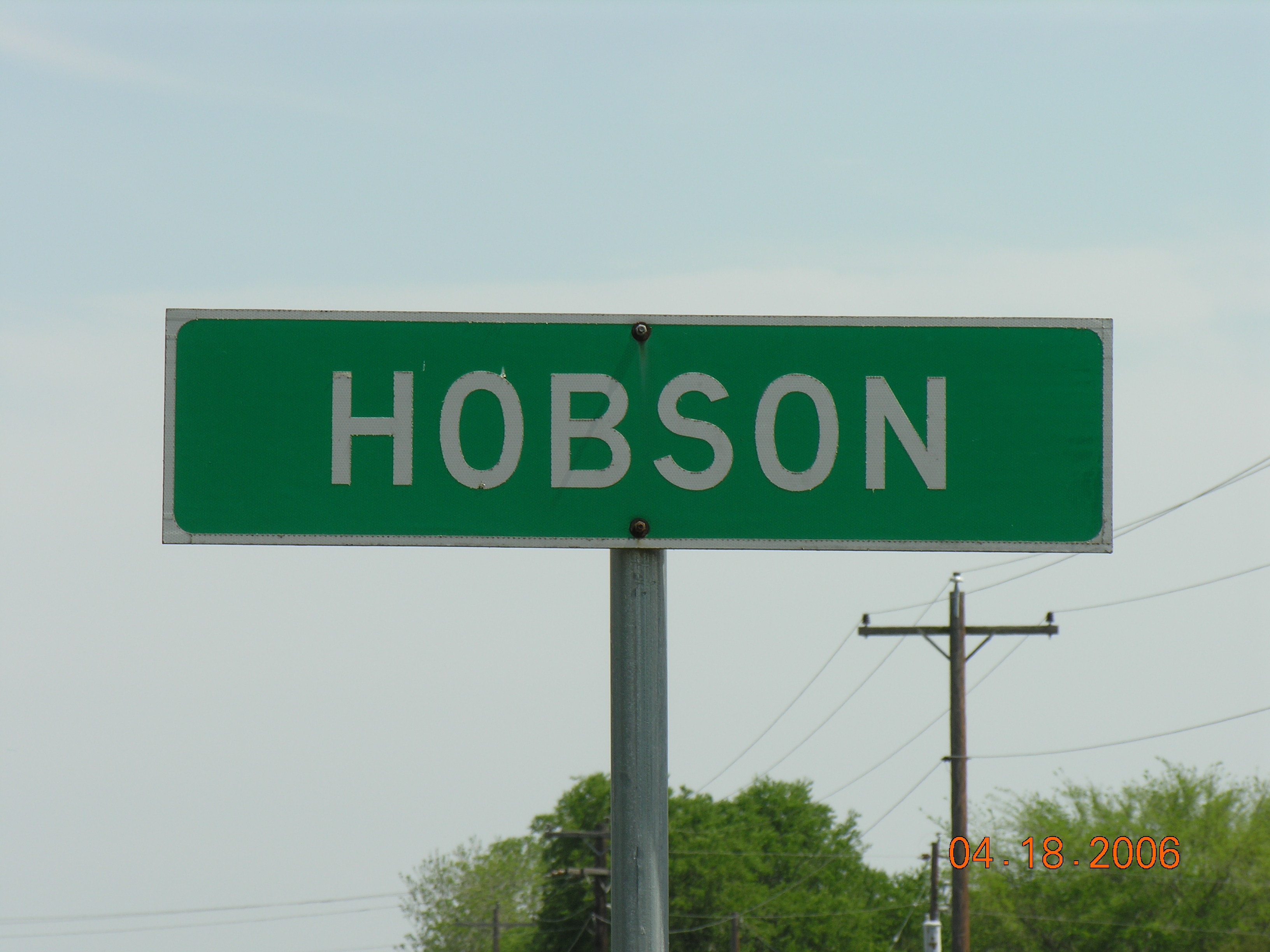

Hobsons History
Hobson is located at the intersection of U. S. Highway 181 and Farm Road 181, Hobson is about three and 1/2 miles south of Falls City
and about 45 miles south of San Antonio, Texas. Hobson is situated in Karnes County. During the 1890’s Hobson was actually founded
with the name Castine, Texas. It was possibly named Castine because it’s early settlers where of French descent and for its elevation;
it was referred to as “French Heights” in the records of Karnes County.
Hobson was originally inhabited by indigenous Coahiltecan Tribes. During Spanish times the area was deeded by royal land grant
to Mission San Antonio de Valero (The Alamo), and to Juachin de la Garza. During the Mexican period Hobson was part of a land grant
from the Mexican government to Don Erasmo Seguin. Eventually land agents John Twohig and A. J. Toutant Beauregard acquired most of the
land that was later deeded 10,000 acres to the Diocese of San Antonio. In 1897 Joseph Trial purchased 1,987 acres from the Diocese, land
that stretched from the San Antonio River to what is now FM 1144; and in 1898 the bishop sold 7,000 acres to the firm of E. H. Mitchell,
J. J. Mitchell and William Blakeslee of Hallettsville. The land was then subdivided into parcels that were sold to residents of the area.
During the years of 1889-1890 the railroad was completed and one of the early settlers of the area, R. J. Polasek, built a store in the
community and wanted to open a post office for the community. When the application for the post office was submitted to the state of Texas,
the application was denied since there was already a town by the name of Castine. In 1898, a Spanish-American naval war hero, Captain Richmond
Pearson Hobson, made a railroad trip through Texas and it’s noted that he stopped at Castine to speak to the residents. The residents were so
impressed with the Captain that they renamed the town as Hobson in his honor.
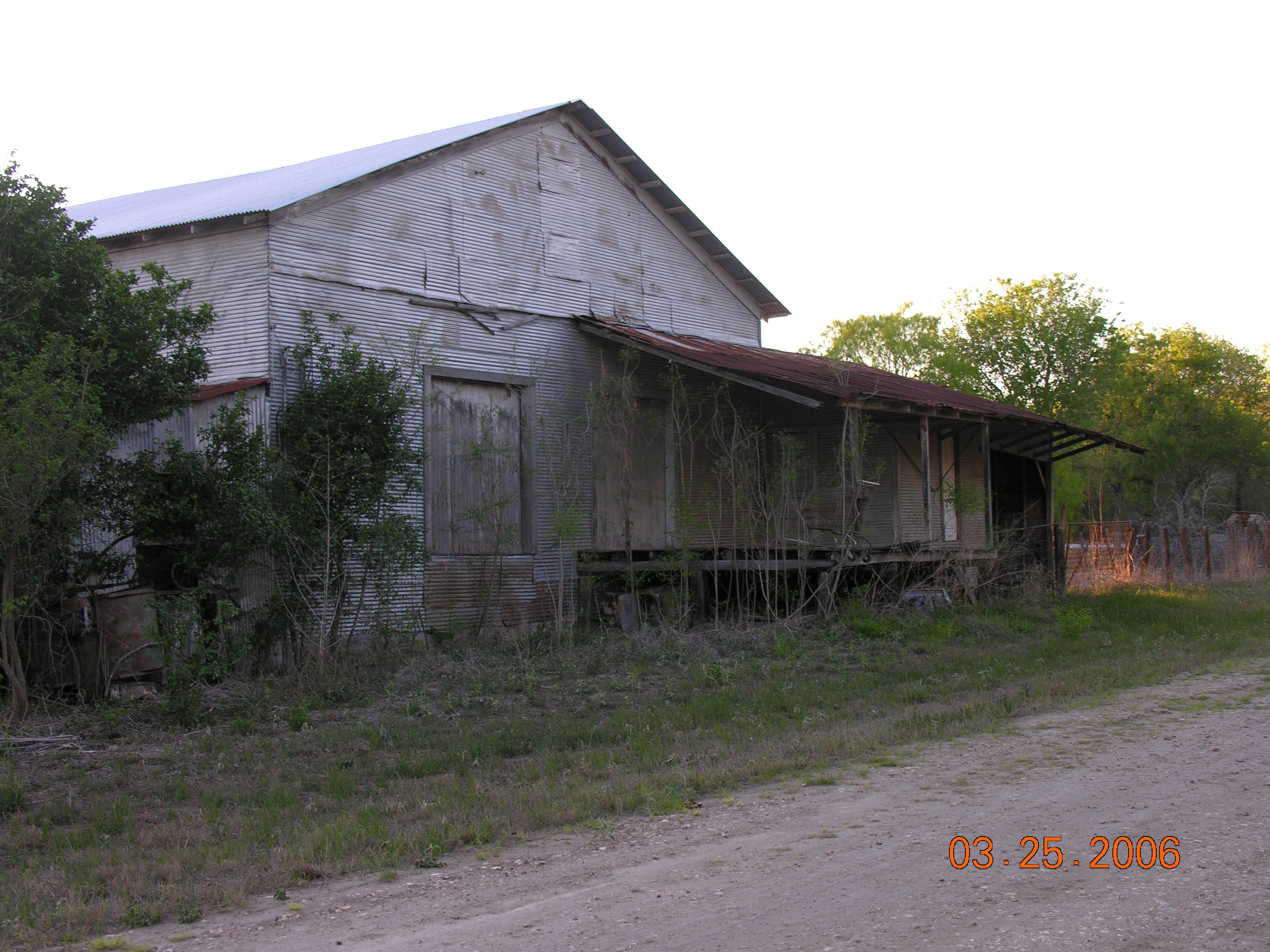 During 1889-1890 the San Antonio and Aransas Pass Railway (SA&AP) was completed through Hobson. In 1899, the firm Mitchell, Mitchell, and Blakeslee deeded 100 acres to French Simpson and platted the town of Hobson, the town was platted into
28 blocks, North-South streets were assigned ordinal numbers, and East-West streets were named Columbus, Washington, Main, Dewey
(after Spanish-American War hero Admiral Dewey), Sampson, Forest, Schley, and South Streets. On March 15, 1899 the United States
During 1889-1890 the San Antonio and Aransas Pass Railway (SA&AP) was completed through Hobson. In 1899, the firm Mitchell, Mitchell, and Blakeslee deeded 100 acres to French Simpson and platted the town of Hobson, the town was platted into
28 blocks, North-South streets were assigned ordinal numbers, and East-West streets were named Columbus, Washington, Main, Dewey
(after Spanish-American War hero Admiral Dewey), Sampson, Forest, Schley, and South Streets. On March 15, 1899 the United States
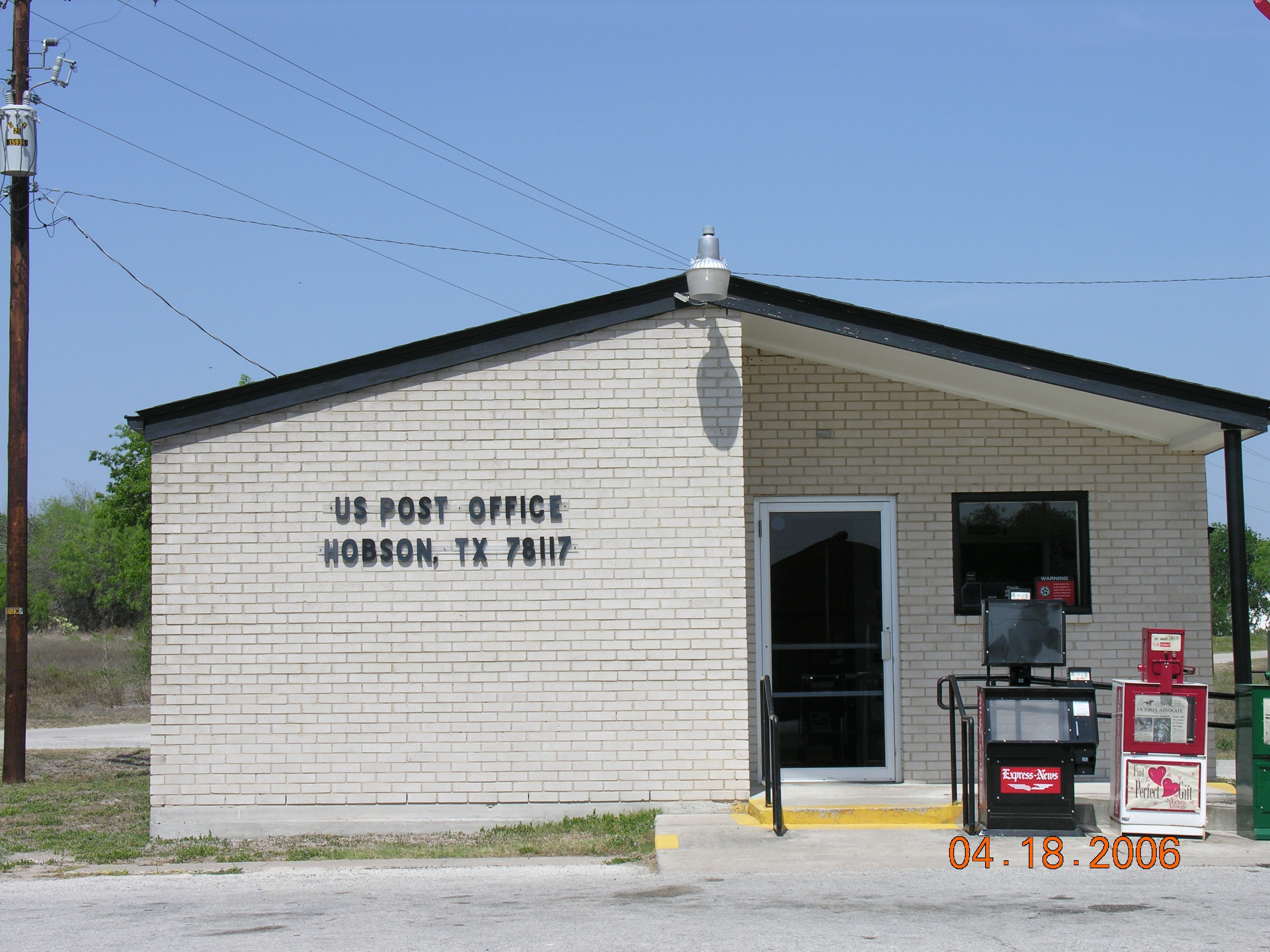 Postal Service finally accepted the name of Hobson, and a post office was opened in the R. J. Polasek Mercantile Store. R. J. Polasek
later added a general store, a lumberyard, a gristmill, and in cooperation with Otto Henke a
Postal Service finally accepted the name of Hobson, and a post office was opened in the R. J. Polasek Mercantile Store. R. J. Polasek
later added a general store, a lumberyard, a gristmill, and in cooperation with Otto Henke a
cotton gin.
Then a brick factory was built by A. W. McGall, supposedly this factory supplied the brick that was used for the R. J. Polasek buildings. Also in 1898 Herman Ohlenbusch bought a piece of land in Hobson and opened a blacksmith shop, and in 1900, Joseph Trial opened a mercantile store. In this building a drug store and a soda fountain were also added. In August 1902 Mitchell, Mitchell, and Blakeslee donated block 25 to the Hobson School District No. 12 for the construction of a school; Professor Charles Wingert was hired to teach. The school was later moved and remained in use until the 1940’s when the school systems were consolidated into the Karnes County School Systems. In 1911 the Hobson school district was divided and resulted in the Arnold School District No. 21. The school was located on the corner of CR 212 and the Cemetery Road.
On December 1912 Dr. Simon received land from Mitchell, Mitchell & Blakeslee for the construction of a hospital which was called the Sanitarium. The hospital failed and in January 1916 the diocese of San Antonio purchased the land and building which was to be used as school for St. Boniface Catholic Church. This building housed the parochial school until 1934 when it was dismantled. This building was sold by the church in 1991 and was moved to Karnes City where it is used as a community hall for a local church. Apparently the 1920’s were perhaps the best times for Hobson when the population reached an all times high of 175.
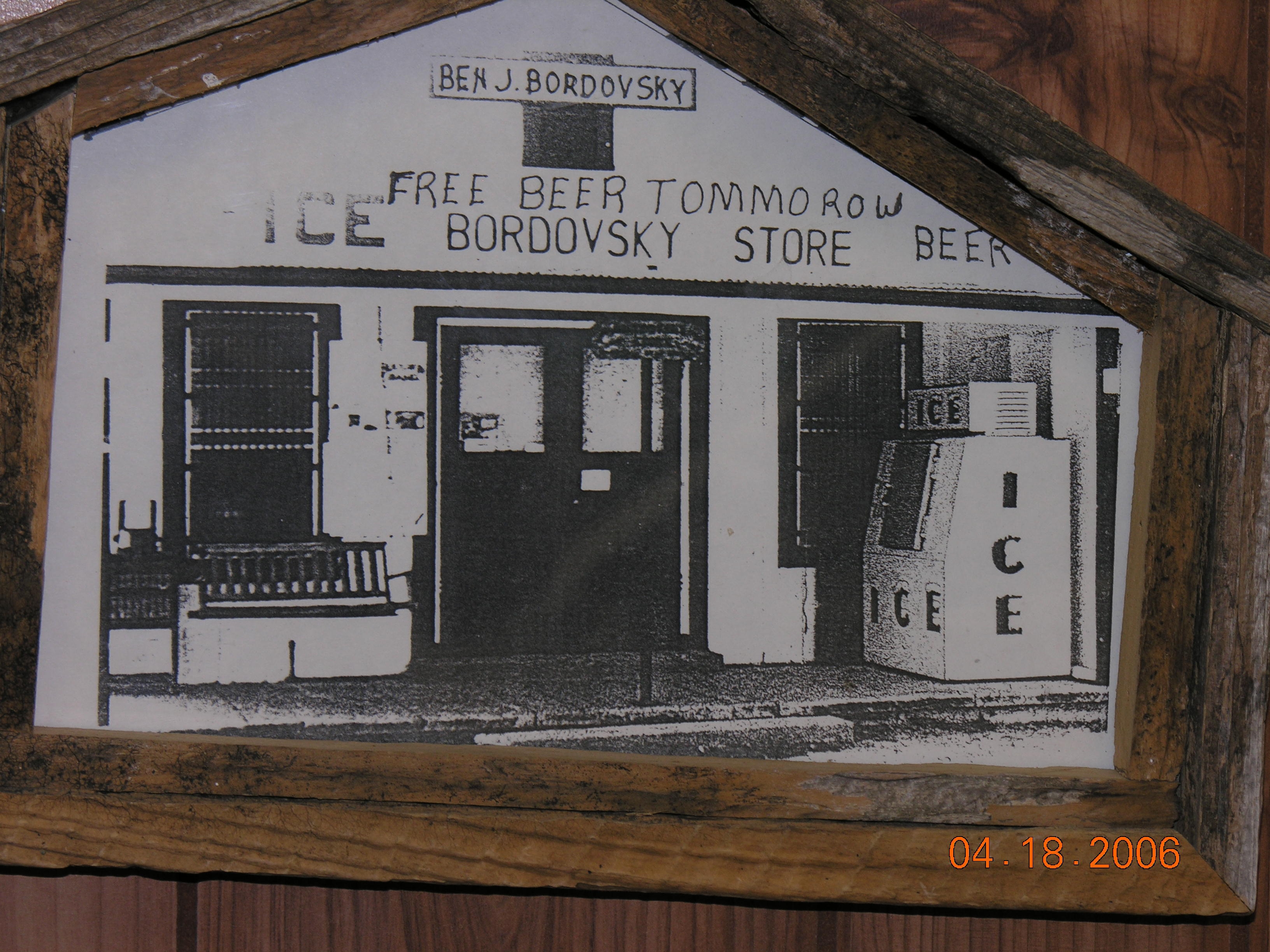
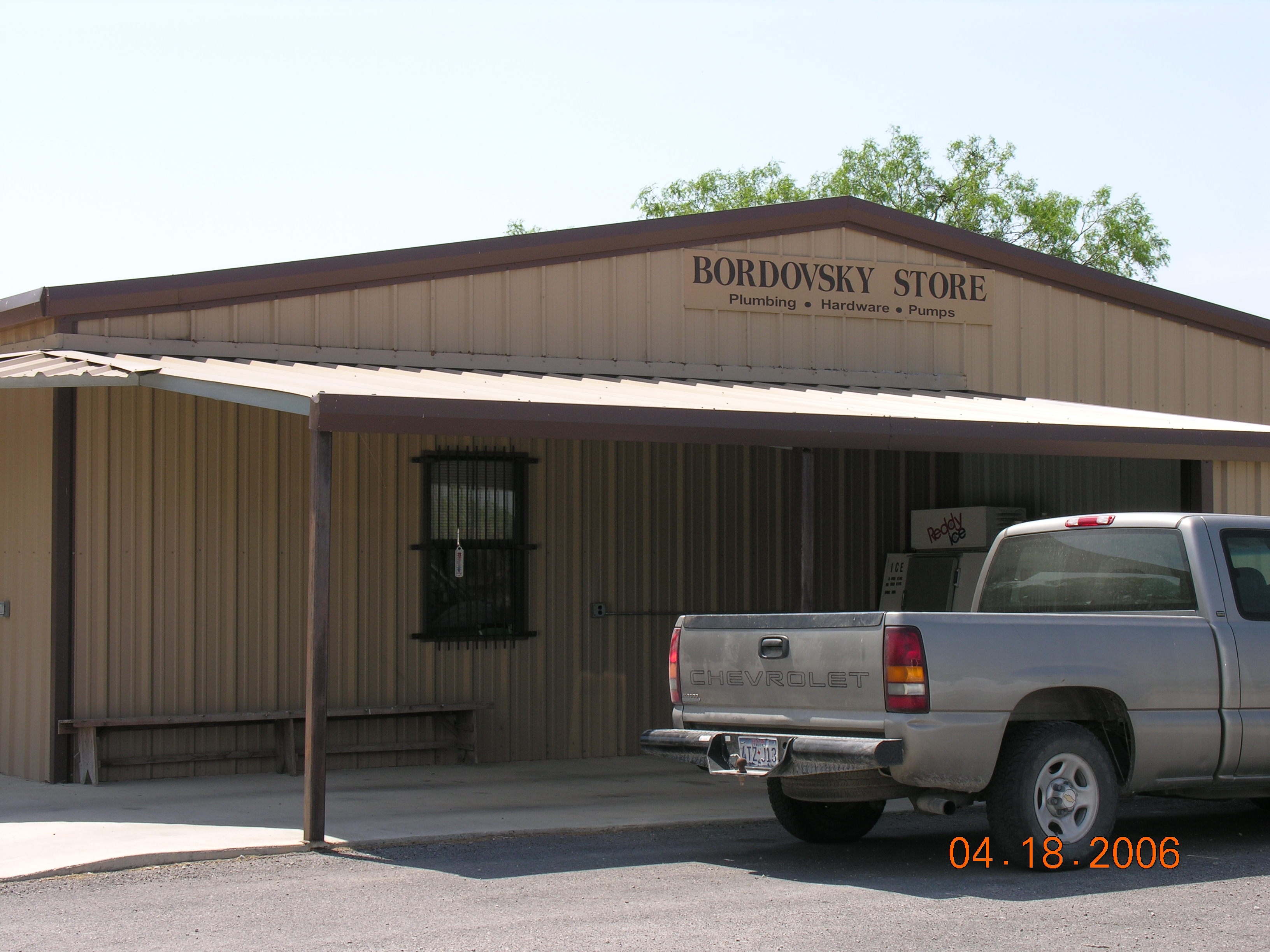
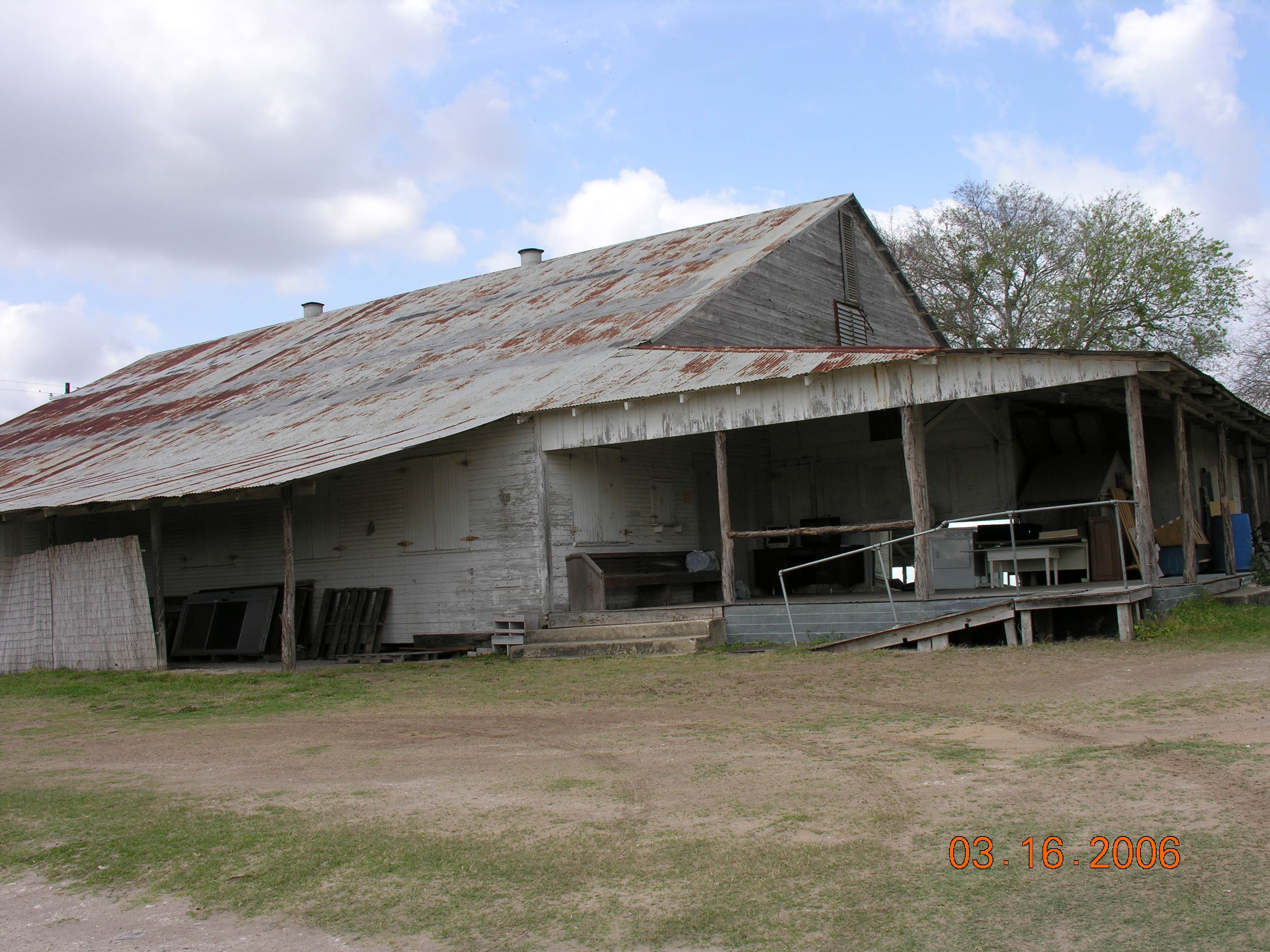
In 1936 a community hall was built by a group of men from the community who thought one was needed for church functions and a place that locals could rent for dances and parties. An existing old hall was demolished and this new one was started, and the men donated their time and skills. For every hour that these men worked on the building a certain fraction of share of ownership was granted so that when the hall was finished it was mainly owned in majority by the people. Through the thirties, forties and fifties many had a good time at the Hobson hall, but competition and the apparent disinterest of its management caused the hall to close. Later in 1962 a group of interested men formed an alliance called the “Lucky Seven” who then took over the Hobson Hall. It was they who were successful in continuing the hall's viability until the era of the air conditioning and once again people lost interest in the hall and the Hobson Hall finally closed its doors. The hall still stands as a reminder of the good times that everyone had in the good old days, the hall is used for monthly “garage sales” and is still remembered by some “as the best dance floor in the area.”
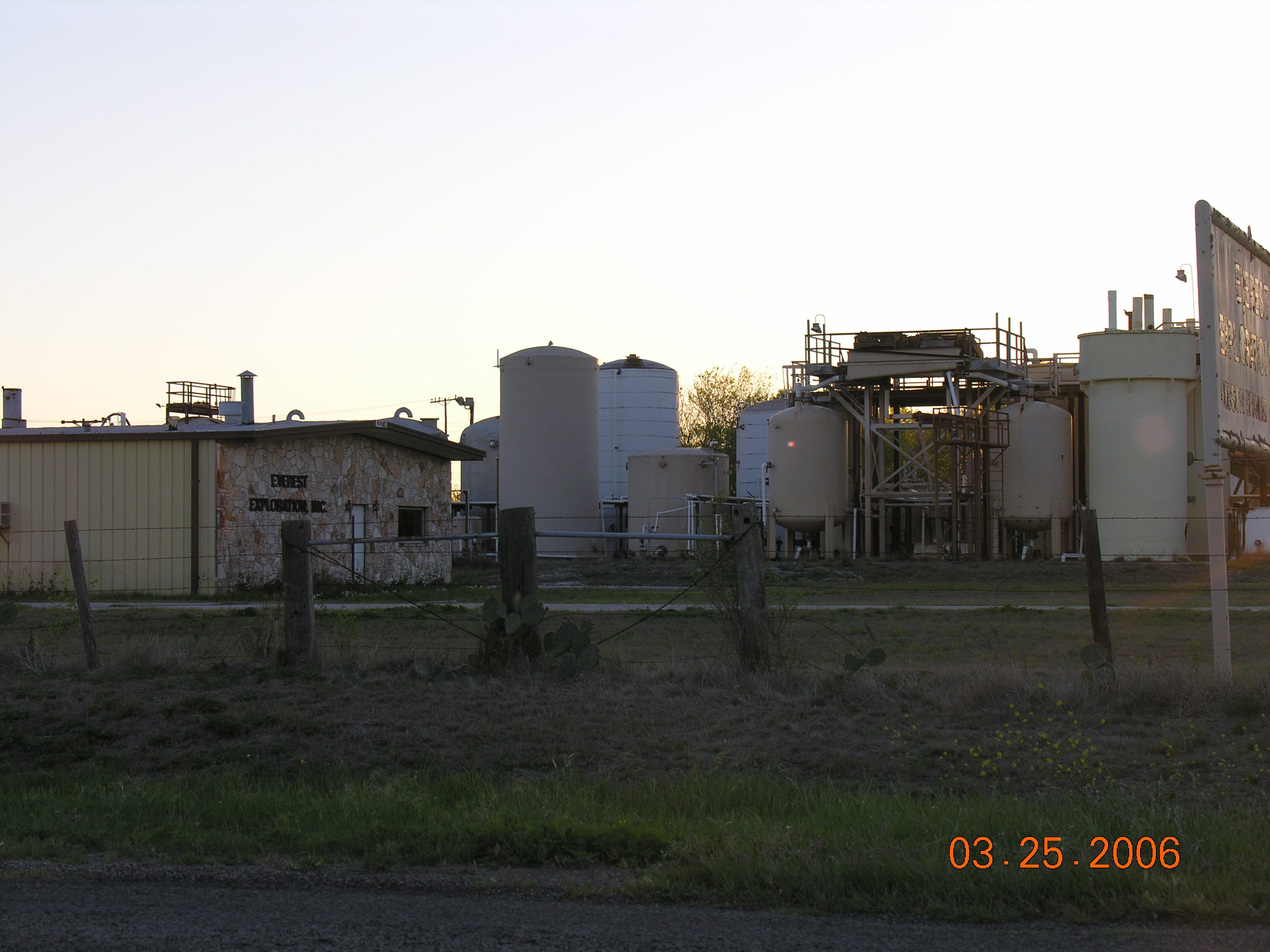


In the late 1930’s and early 1940’s oil exploration around Hobson was an exciting topic. Locals hoped to find “black gold” in their properties, and then in 1941 the first oil well was drilled on the Julia Rzeppa farm and was followed by many others. The Hobson field was a prolific oil and gas producing field and many of the wells are still in used today, although production declined since its inception. Later came the Big John field, which had production on greater depths of about 12,000 feet. And in the early 1950’s a discovery of uranium around the area gave way to actual discovery of uranium ore south of Hobson. The excavation craters can still be seen today in the area, many of these excavations provided the residents of Hobson with new stock ponds as these craters filled with rainwater and subterranean water. When the era of nuclear power generation slowed, uranium ore was less and less in demand and the mining of the ore finally ceased. The dichotomy was that uranium was a blessing for the Hobson economy but viewed by many as a curse to the environment.
*It is also important to note that the bricks that were used to build the new Karnes County Courthouse were made in the brick factory in Hobson, the stone that was also used for the Courthouse for windows and doors came from rock quarries in the Hobson area. Sometime later, huge rocks from the Hobson rock quarries were hauled by the S.A&A.P. Railroad from Hobson to Corpus Christi, where they were used to build some of the jetties in Corpus Christi Bay. Hobson is composed largely of people of Czech, German, Polish, Hispanic, and French descent.
Hobson's Economy
Hobson's economy was mainly composed farming and they relied heavily on the train. But the train tracks were removed a few years ago.

*In 1942 a hurricane damaged the original building of St. Boniface Church, so the church had to be rebuilt.
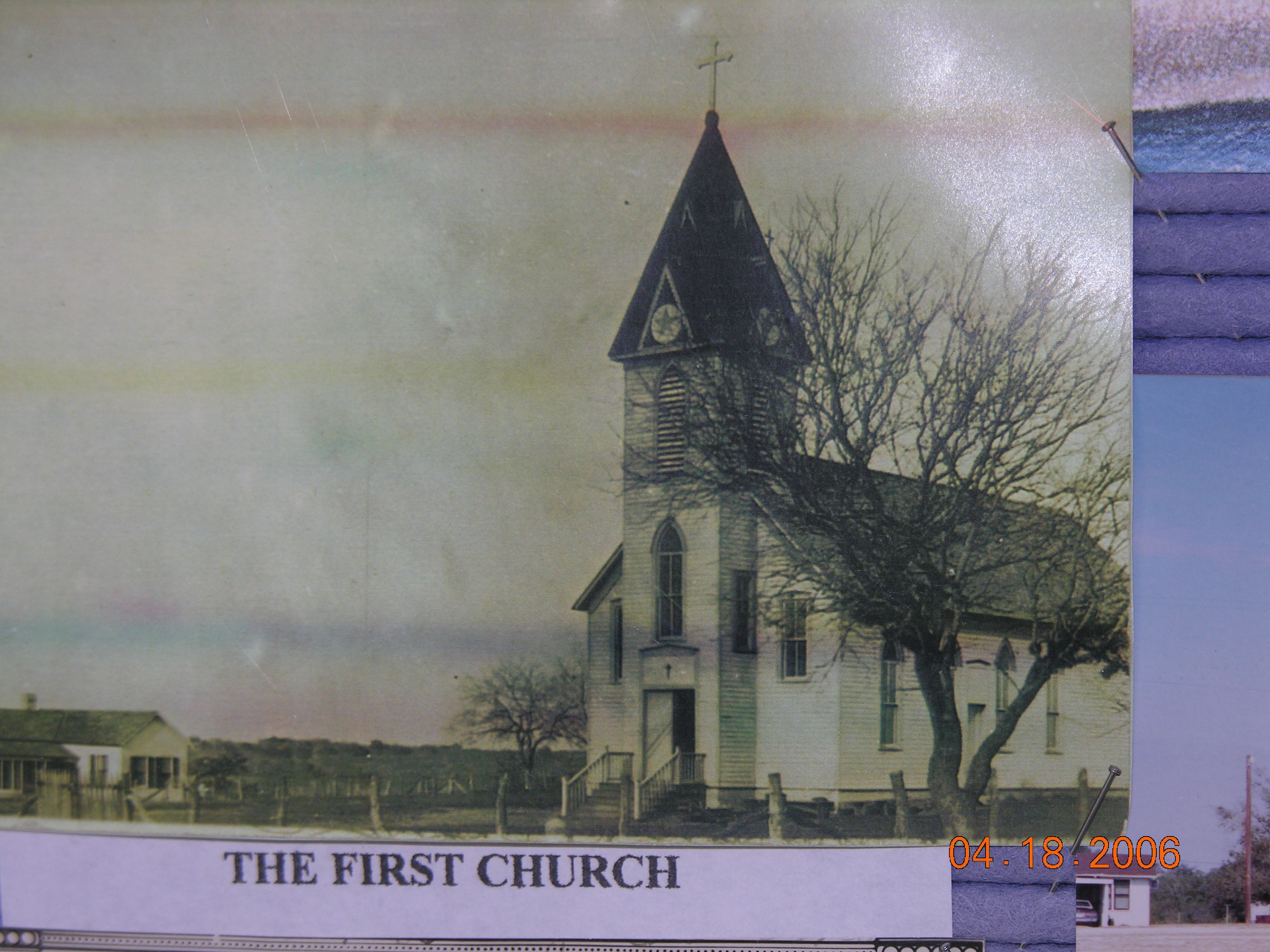
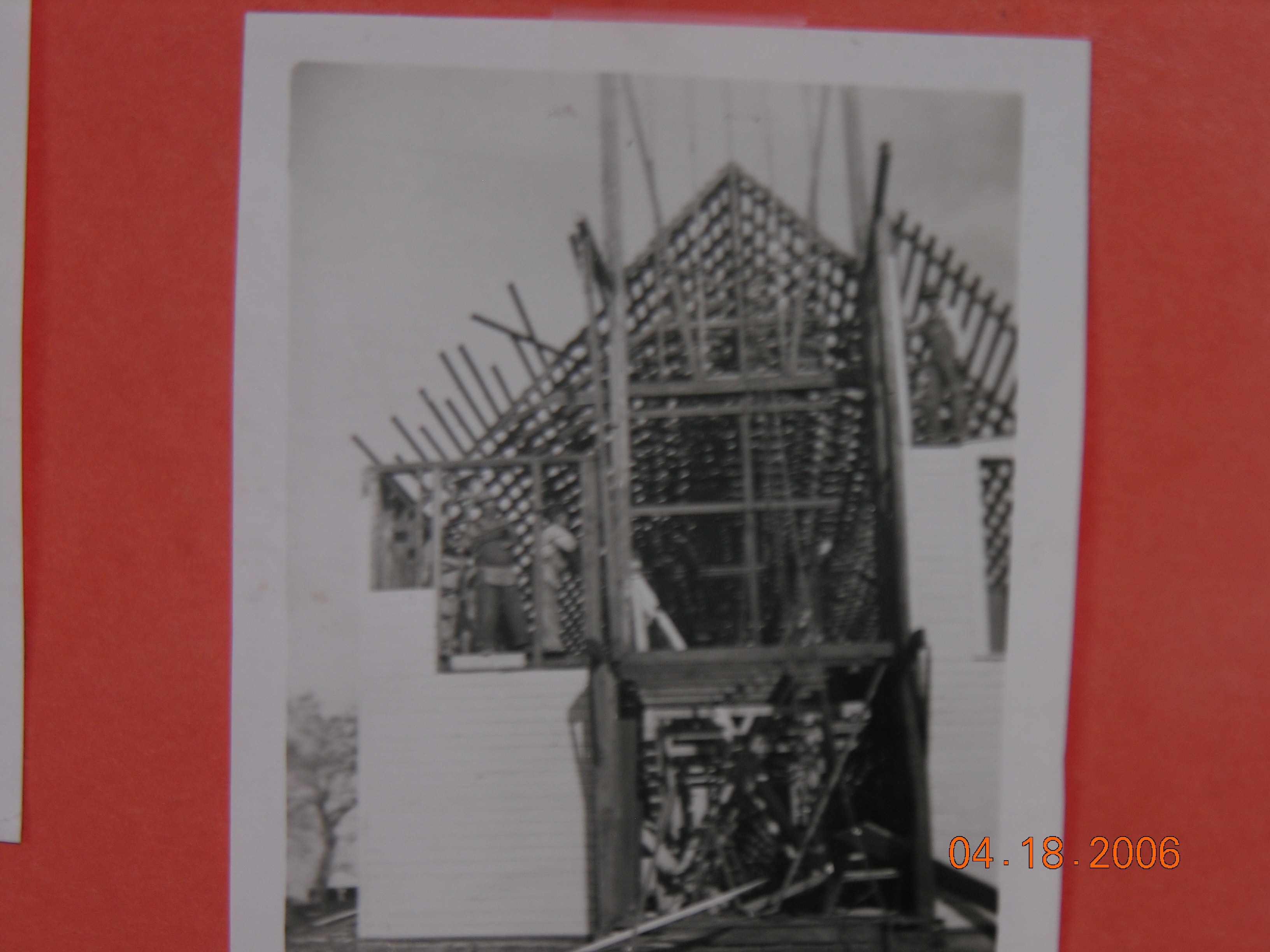

Hobson Cemeteries
Hobson in my opinion is unique because even though it is a very small town it has two cemeteries, Cemetery No. 1 has long been out of use, the church maintance in the one that takes care of it. Some of the cemetery is not maintained because it has unidentified burial places. A fence encloses the area in which there are identifiable burial locations. But it's very hard to find this cemetery since the road that leads to it is closed by a gate. Cemetery No. 2 in located on FM 82, this cemetery is about a mile away from Cemetery No. 1.
Cemetery #1
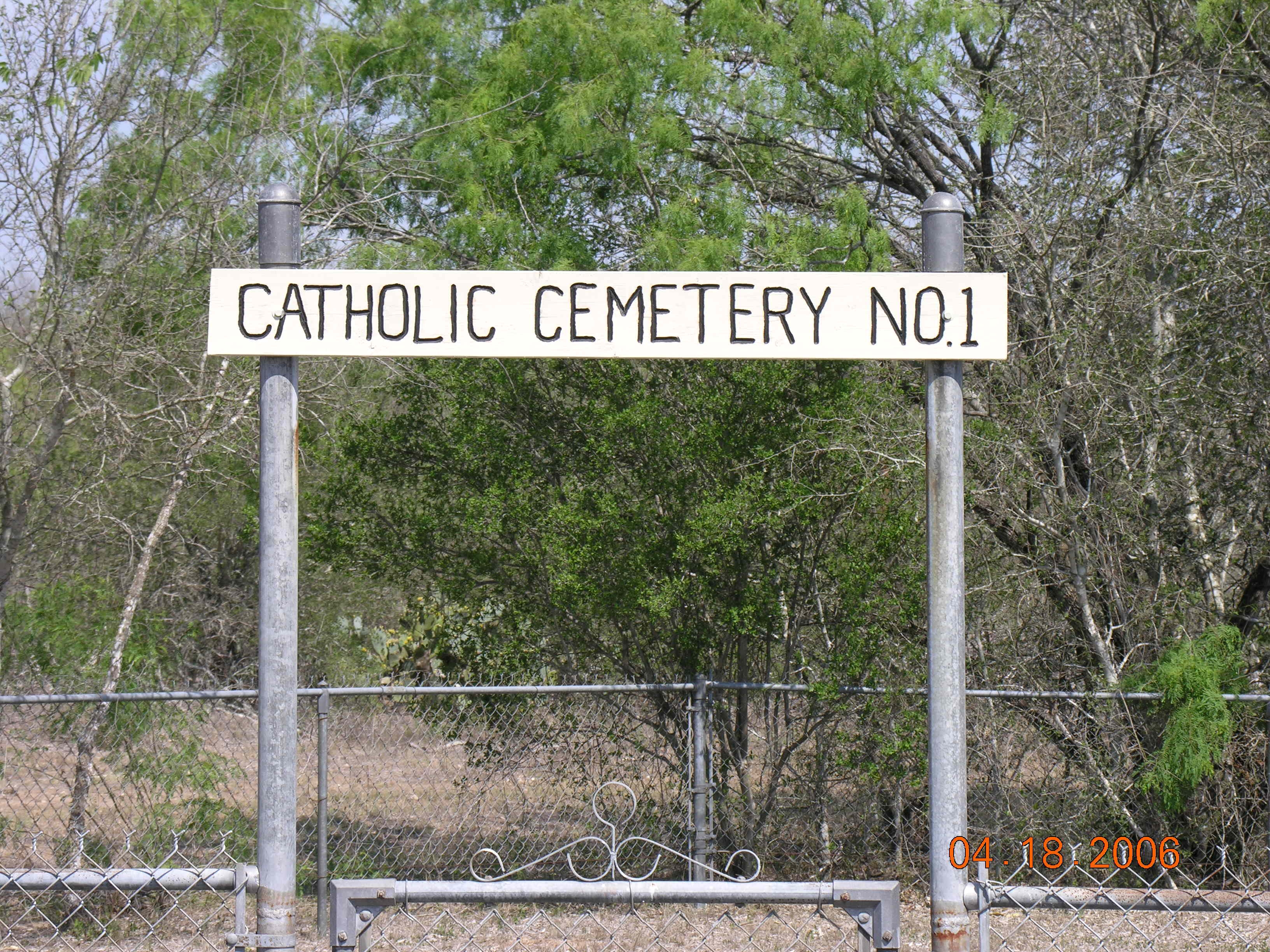
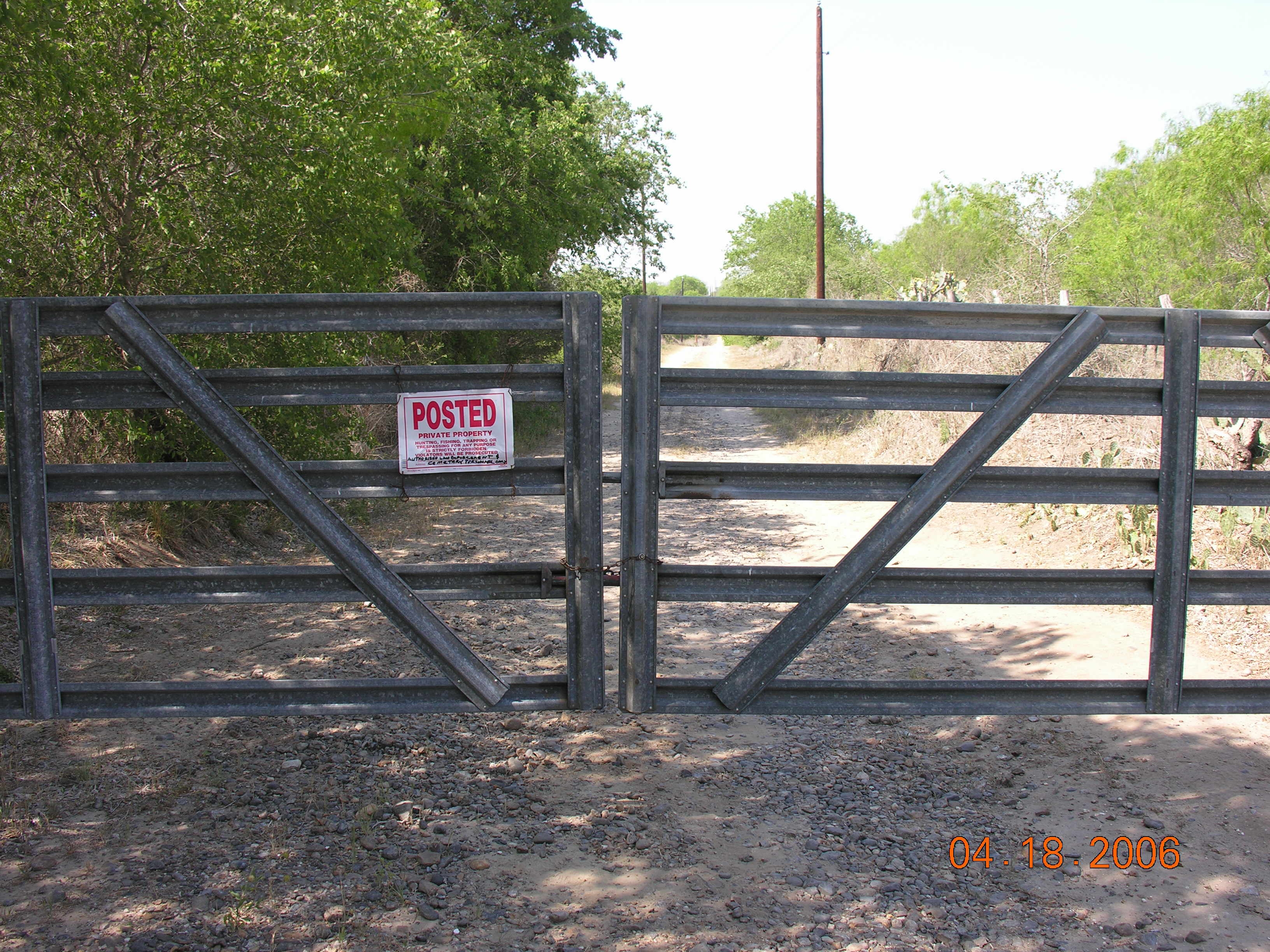
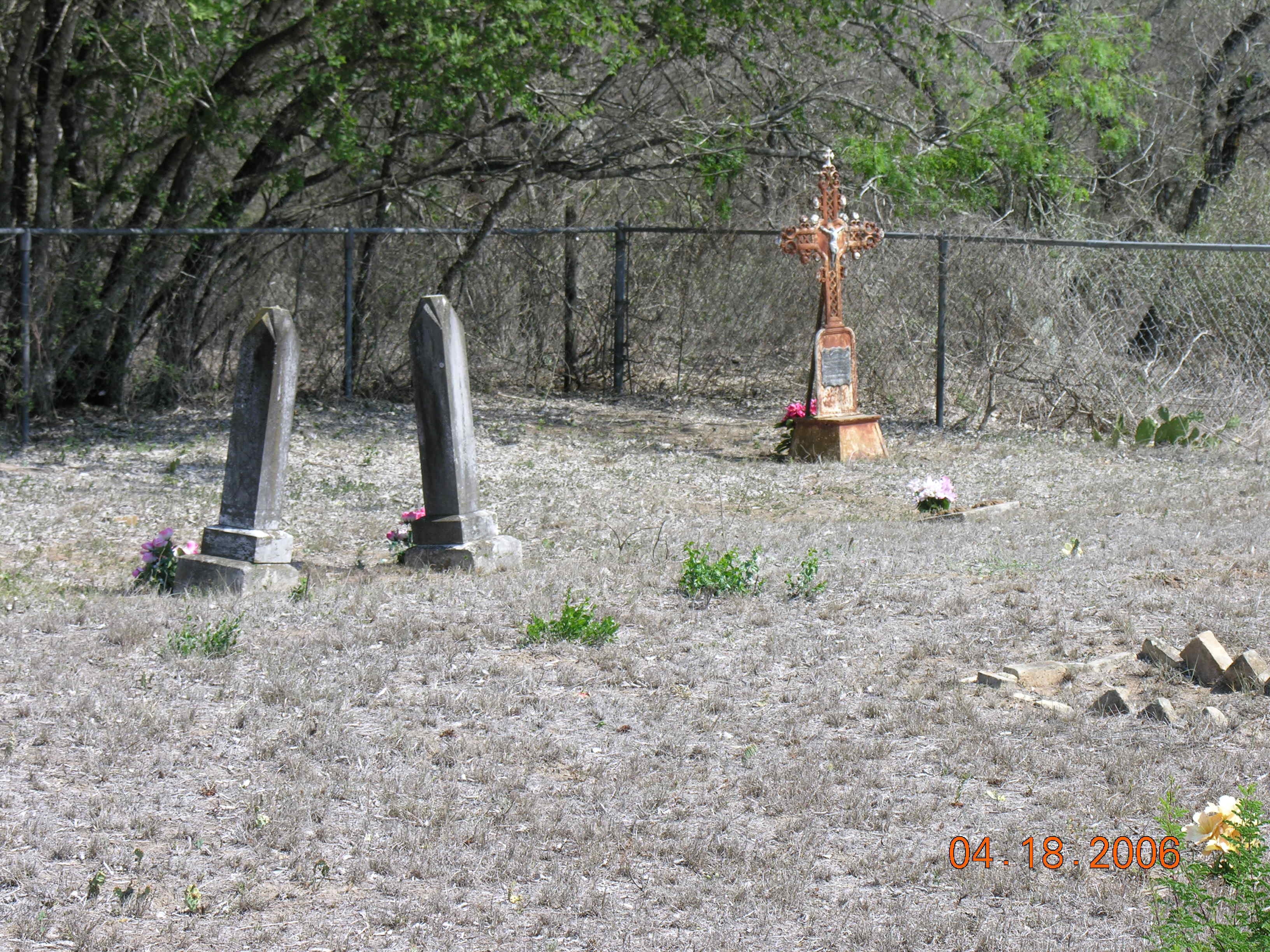

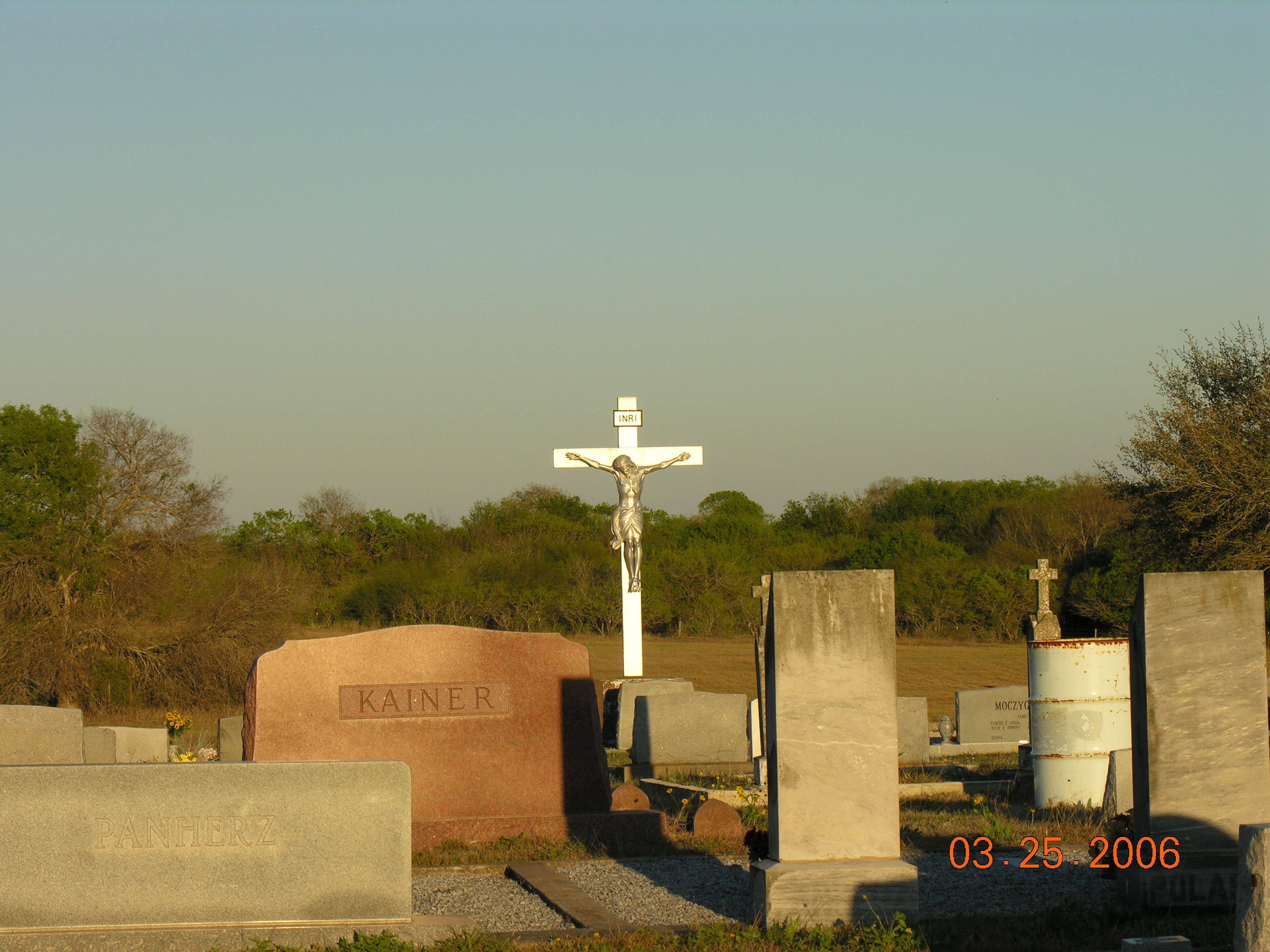
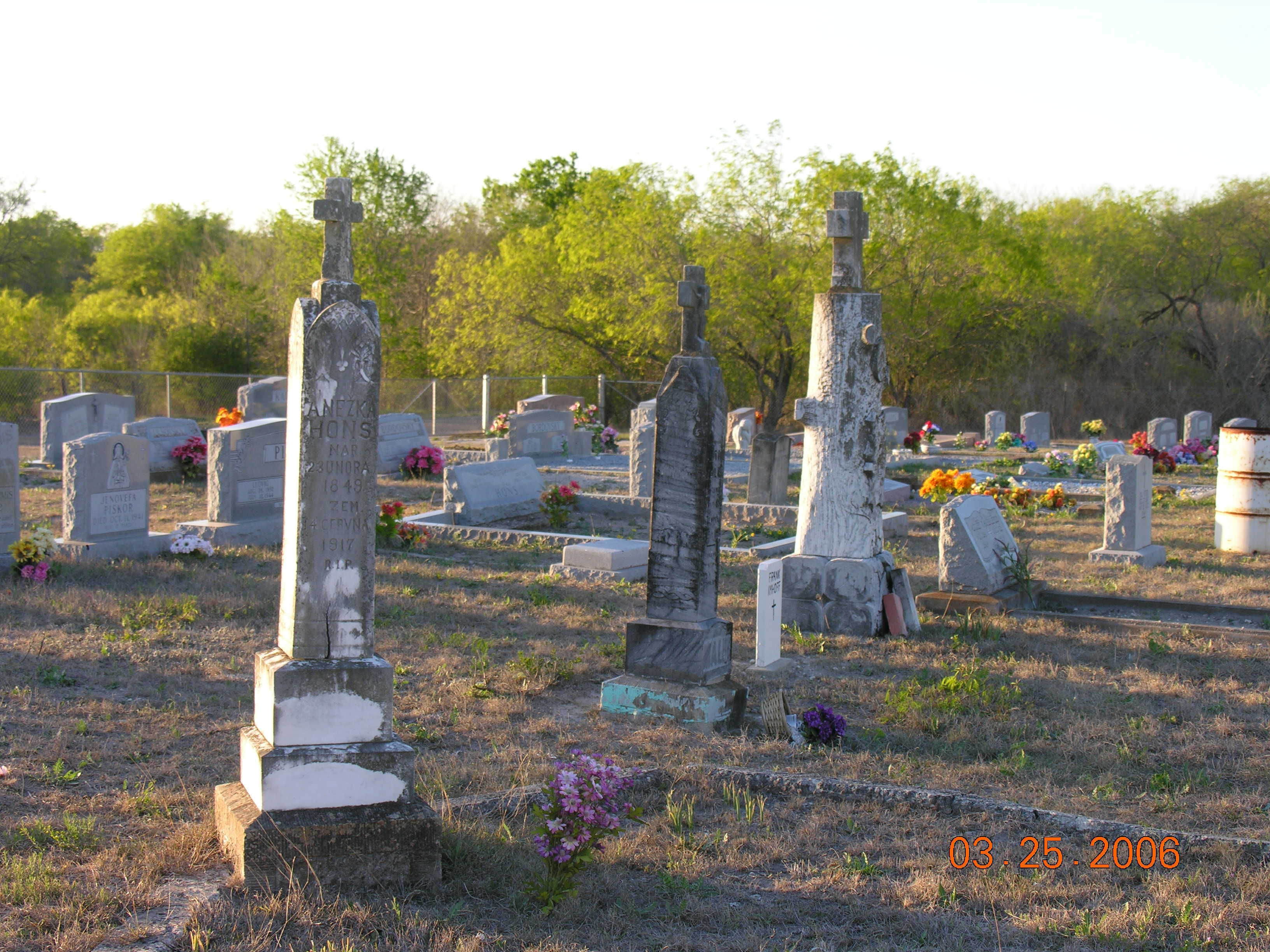

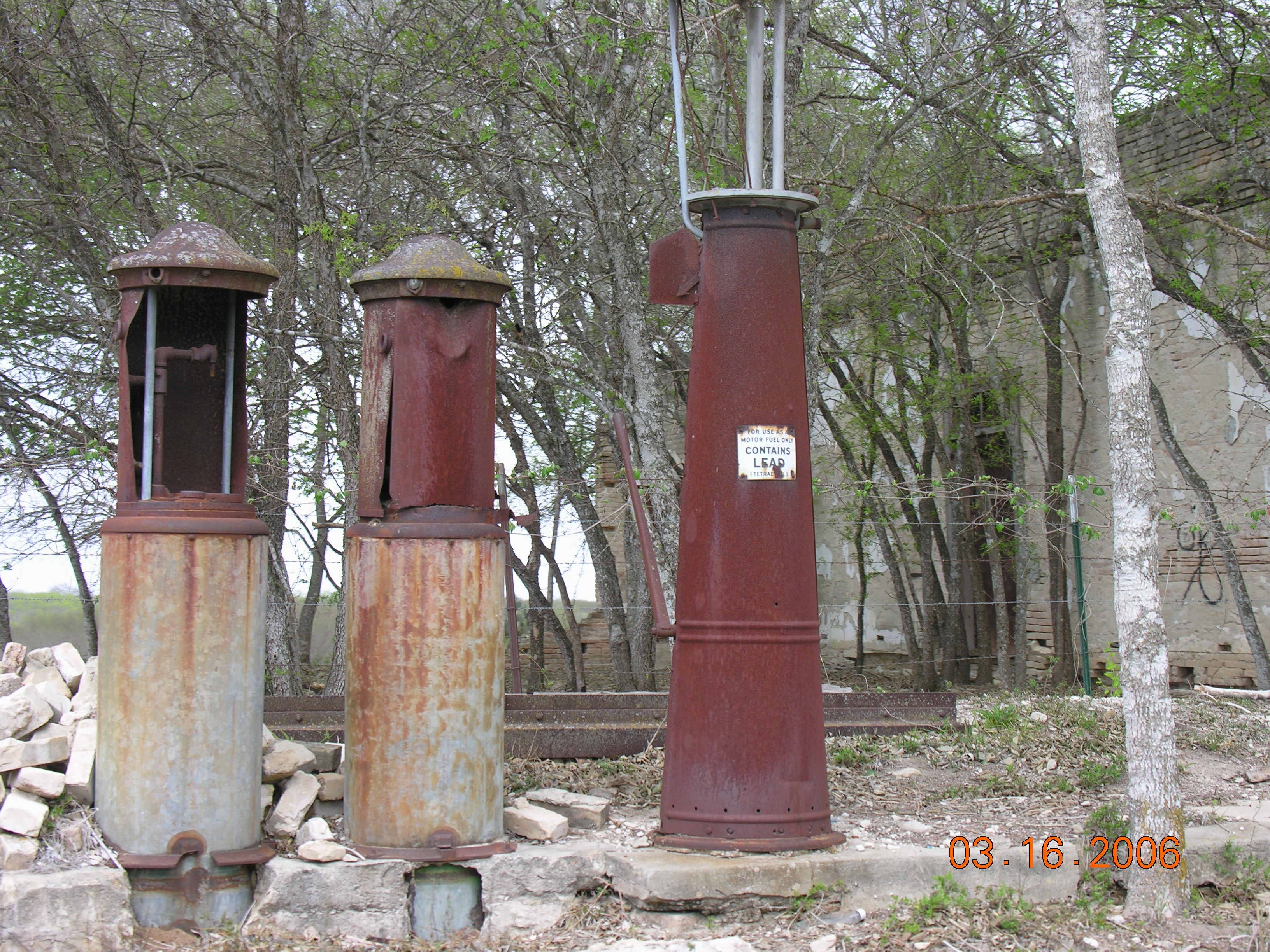

Interview with Mrs. Bernice Malik Hons
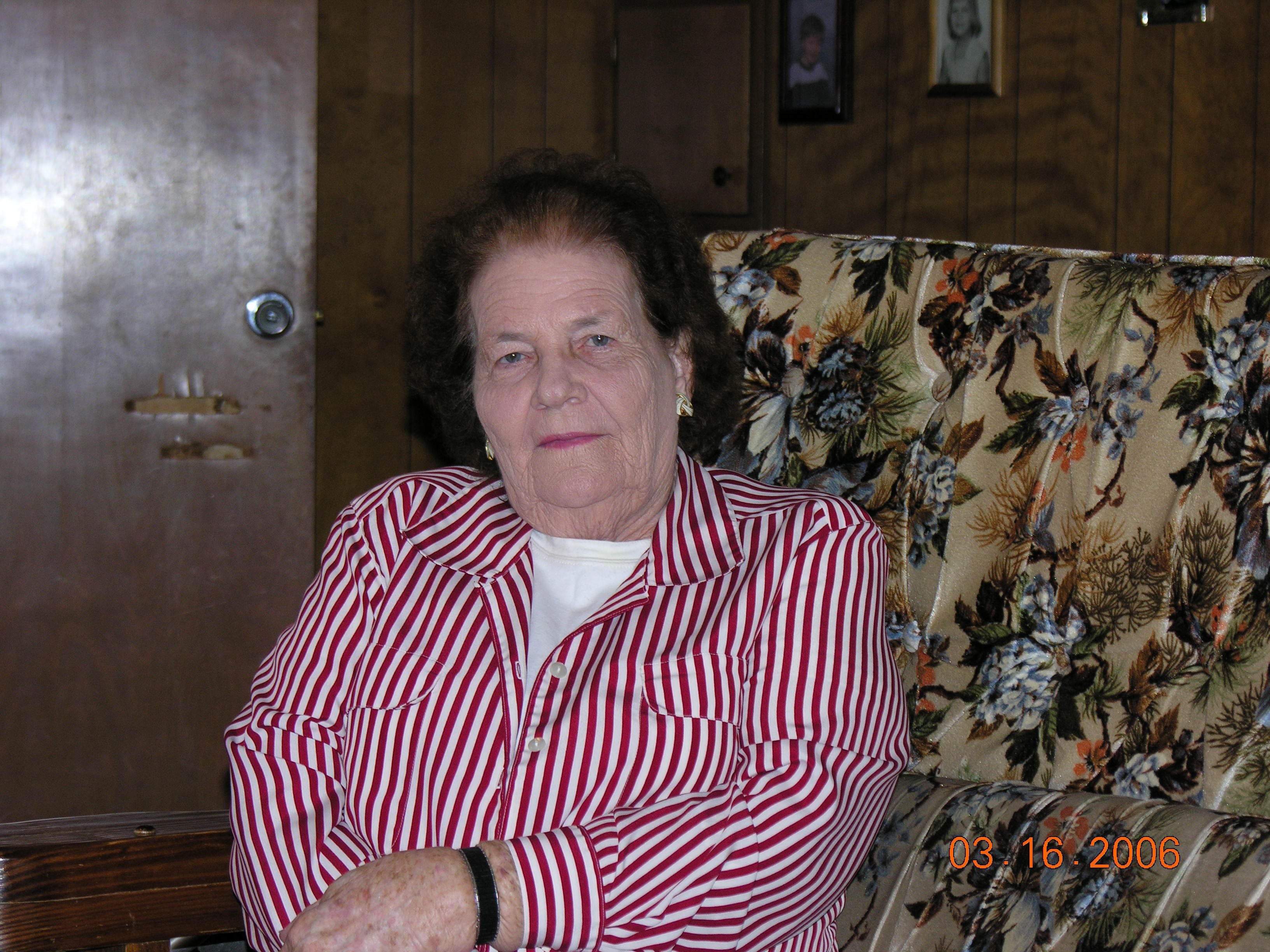
What is your name and how old are you?
Bernice Malik Hons and I’m 79 years old.
Mrs. Hons have you lived in Hobson your whole life?
Yes I have, except that when I was growing up I used to live two miles away from this house,
but it was still here in Hobson.
Mrs. Hons did you go to school here and what was school like in those days?
Yes, there used to be a school here in Hobson back when I was a child, but it was an all white school
colored kids had to go to school in Karnes City. I remember that my brothers and I used to go to school
on a horse and buggy.
Mrs. Hons what can you tell me about the change in immigration patterns?
Well when I was already married and had my kids, since we live right on the highway (US 181)
people(immigrants) used to stop and ask me for food, and I would tell them to wait at the end
of the porch while I would prepare the food, and when I was finished I would put it on the porch,
they would come get it and they would leave. They never hurt me and I would always give everybody
food, but nobody comes around anymore it has been years, I think it might be illegal now.
Did the train ever stop here in Hobson?
Yes it did, it used to stop at some of the downtown stores back in the day, but the train tracks were
removed a few years ago.
When you were growing up Mrs. Hons, did you know about segregation?
When I was growing up, I didn’t know that there was segregation. My brothers and I used to play with
colored and Mexican kids, and my daddy saw to it that we did. We were just raised that way.
Do you remember anything that kind of gave you a clue about what was going on in the South in those days?
Well, I do remember a colored lady came down from the North and we were going to church, and she
said that she was wondering if it was okay for her to go to church with us, and I wondered why she had asked,
and when I got older I finally realized why she had asked.
*Mrs. Hons also said that she remembers that her grandpa used to have colored and Mexican men working for him.
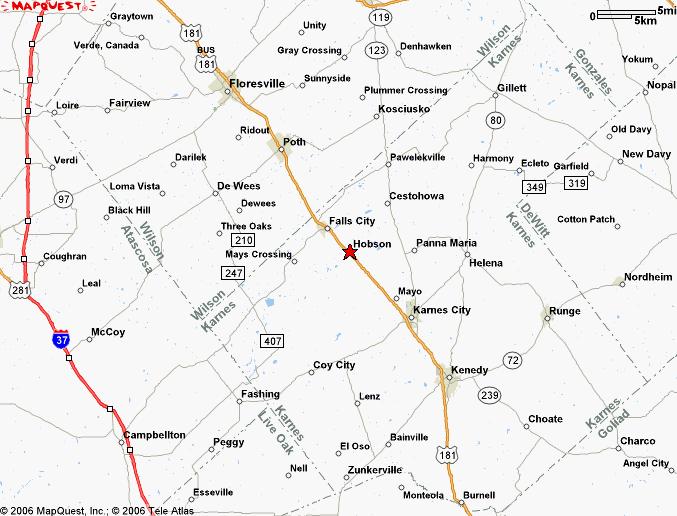
Sites of Interest
Annotated Bibliography:
Thonhoff, Robert H. 2004. Karnes County the First 100 years.
Trial, Sylvester. 2001. Centenial 1901-2001 St. Boniface Catholic Church.
These were the only books I was able to find that had anything about Hobson, Texas. I got all of my information
out of these two books; most of the information contained in this web page came word from word out of those books.
The reason that happened was that if I hadn't done that, there wouldn't be much on this page. I really think
these men did a really good job in researching and doing interviews with the town people to find out
about the past of their town. They are the ones that deserve the credit, all I did was put it on this page. If it
wasn't for them, then this page and the history of this town wouldn't exist.
Thank You Mr. Thonhoff, and Mr. Trial.
Special Thanks
-I would first like to thank Mrs. Jeanie Sprencel (Mrs. Hons Daughter) for letting me know that this town existed, and also for taking me to Hobson to take pictures and to give me the Grand Tour of this quiet little town. I also want to thank her for being a wonderful person, and for getting her mom (Mrs. Hons) to do the interview! Thanks, Jeanie. Where would I be without a friend like you!
-Mrs. Hons for taking the time to take me in her home and do the interview at the last minute. Thank You! Thanks to nice people like you; little towns like Hobson will never be forgotten.
-St. Boniface Church & Father Gregory for trusting me with the only copy of the Centenial Celebration Book he had, and allowing me to borrow it for a few days. I also want to thank them for allowing me to take pictures inside the church and for giving me permission to go through the gates that lead to the Cemetery No. 1.
-Mr. Bordovsky for helping me get a little more background on Hobson and for giving me directions
to Cemetery No. 1 and thanks for being so kind and friendly!
That's how real businesses are run; giving care and attention to every single customer.
-My husband Margarito Calderon III for being very patient with me even when I had to stay up late to do my work. Thank You for supporting me in everything I do!--I Love You, Babe-
-To my brother Erik Cortina and my sis-in-law Lori Cortina for lending me the camera and getting the pics to me ASAP!
-And Most of all:
Thank you Mr. Hines even though this project was a pain in the you know what, I wouldn't of had it any other way! Thank you for trying to preserve the History of small towns that are eventually going to disappear!